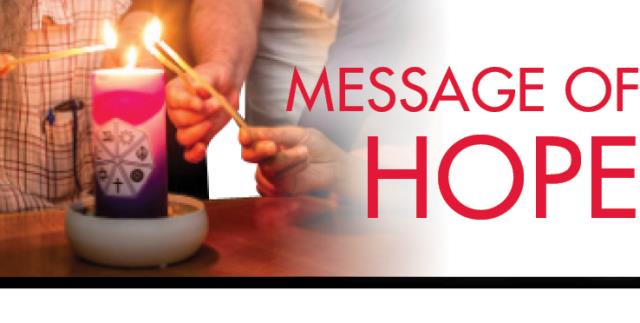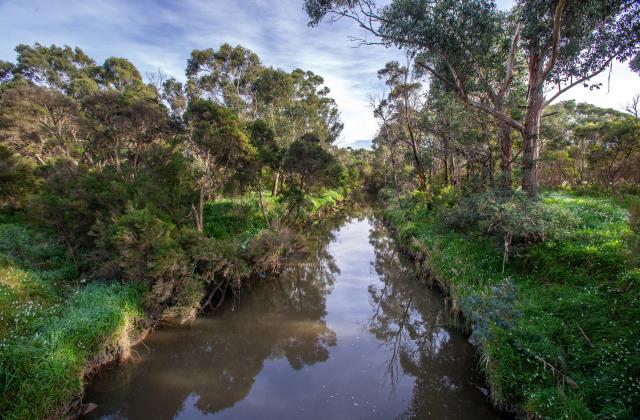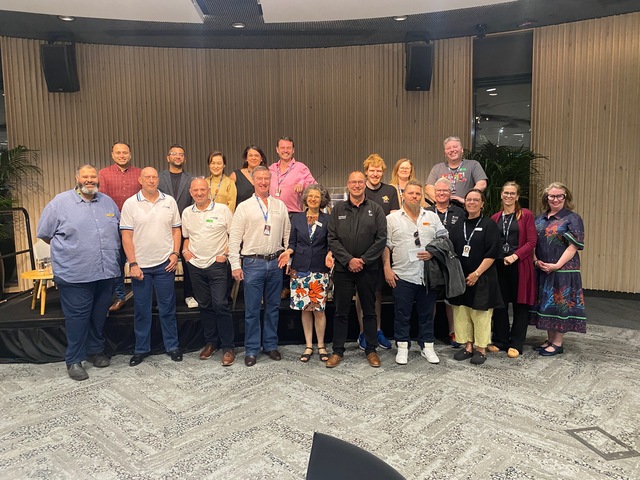Despite financial head-winds, Greater Dandenong Council proposes to shield residents with a sub-cap rates rises of less than 1 per cent in its draft 2025-’26 budget.
Under the plan, the average household’s rates and waste charges bill will rise by $13 – (or 0.79 per cent) – next year.
The median bill will be about $1550 – including a $516 waste charge.
The rates component is just a median 0.1 per cent rise – well shy of the State Government’s 3 per cent rates cap.
This is being subsidised largely by rates on industrial (up 5.85 per cent) and farm (up 3.79 per cent) properties.
However, Greater Dandenong – committed to its most expensive-ever project the $122.2 million Dandenong Wellbeing Centre (DWC) – expects to go into underlying deficit for the first time in 2025-’26.
On average, $3.5 million deficits per year are projected to continue for three years.
The council expects to take on significant debt and draw down on reserves for the DWC next financial year, borrowing $68 million in the next two years and spending $16.6 million from reserves next year.
“Council’s indebtedness will peak at just under 57 per cent of rate revenue in 2027 well within prudential limits,” a council report states.
It will be spending up to $7.2 million a year to service the loans.
However the report warns the council will need to assess the future of its current services, and to consider asset sales. It faces shortfalls in “assets renewal” in coming years.
Construction materials, fuel and other costs are rising significantly faster than the rate cap, it stated.
“Council faces the challenge of identifying new or additional revenue sources and/or reducing services or operational costs, as further impacts to future capital works is not sustainable.”
Next year, Greater Dandenong’s proposed capital works program totals $119 million – half of which is allocated to DWC ($65.2 million).
Other projects include stage 3 of the Perry Road upgrade ($6.7 million), Dandenong New Art ($4.3 million) and the South East Leisure Building Renewal Program ($2 million).
On Monday 12 May, councillors will vote on in-principle approving the proposed budget, followed by 28 days of community consultation.
The final budget is expected to be considered on 23 June.
Cut-price rates: Greater Dandenong residents spared despite council deficit
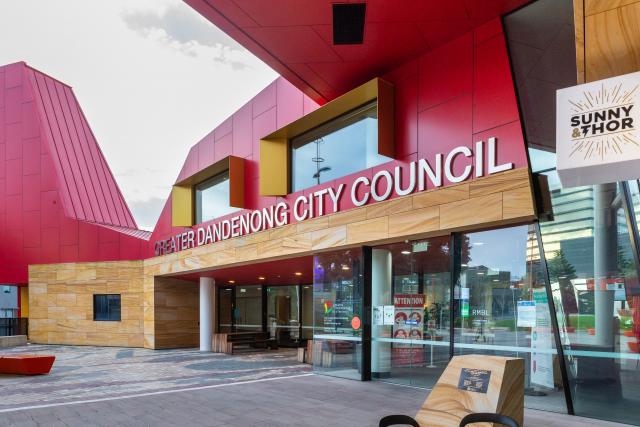
by Cam Lucadou-Wells
Digital Editions
-
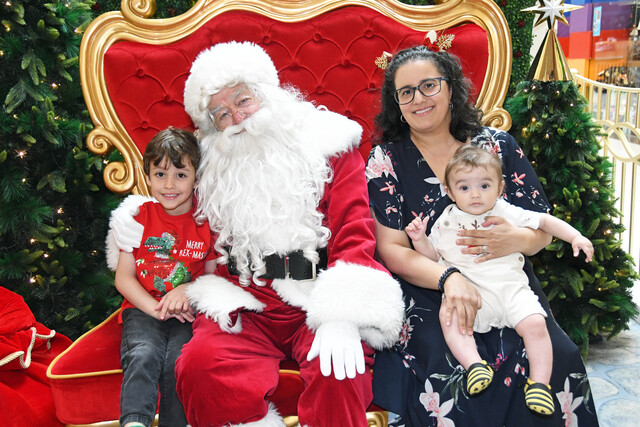
Sensitive Santa brings inclusive Christmas joy to families in Casey
Purchase this photo from Pic Store: 516048 Santa has officially landed at Fountain Gate Shopping Centre, welcoming families from across Casey for their cherished Christmas…

